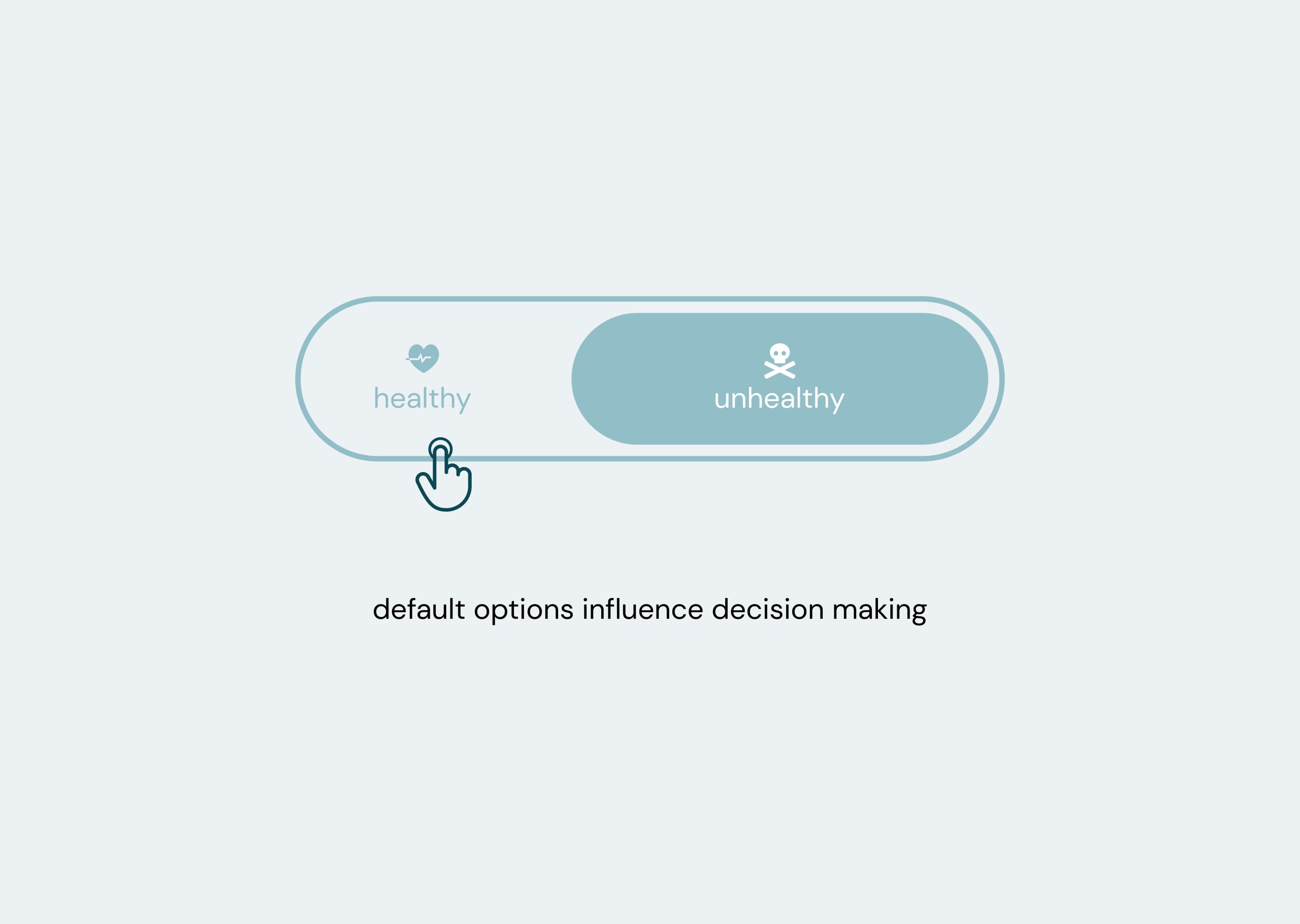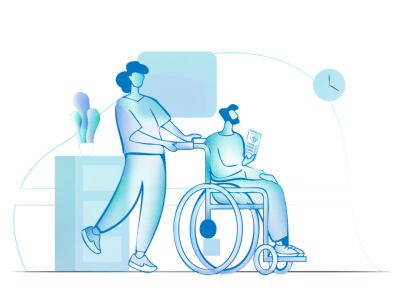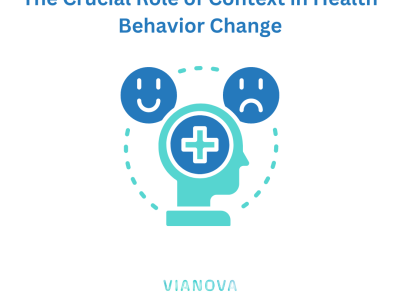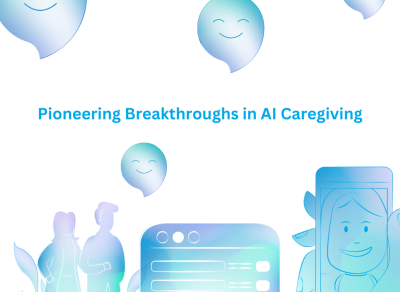
The Power of Default Options: How Choice Architecture Shapes Decision Making
We make countless decisions every day, from what to wear in the morning to what to eat for dinner. Some decisions are trivial, while others can have a significant impact on our health, finances, and overall well-being. But did you know that the way choices are presented to us can greatly influence our decision-making process?
Default options are a tool used in choice architecture, which is the design of how choices are presented to you in order to influence your decisions. These default options may be intentional and strategic, aiming to support healthier decisions, or it may be unintentional, resulting in default choices that may not necessarily be in your best interest.
Paternalistic Defaults: Nudging Towards Healthy Choices
Paternalistic defaults are one type of default option designed to nudge you towards more positive, healthy choices like saving for retirement or picking up a salad in the cafeteria.
In some countries, individuals are automatically enrolled as organ donors unless they choose to opt out. Studies have shown that countries with opt-out organ donation systems tend to have higher organ donation rates compared to countries with opt-in systems, where individuals must actively choose to be donors. This is because the default option nudges individuals towards a positive choice that can save lives.
Shocking Defaults: Triggering Active Decision Making
On the other hand, shocking defaults are unusual choices that catch your attention and prompt you to actively make a choice. Shocking defaults are often used in situations where decision makers may not be fully engaged or motivated to make a decision, such as in online forms or surveys.
For example, on many online donation forms, donors may be presented with preset options for donation amounts, and the default option may be a higher amount than what the donor initially intended to donate. This can shock the donor into actively making a decision about their donation amount, rather than mindlessly accepting the default option.
Default options are a powerful tool in choice architecture that can significantly influence decision making. Whether they are paternalistic defaults that nudge individuals towards healthier choices or shocking defaults that trigger active decision making, they can shape the choices we make on a daily basis. However, it is crucial to use default options ethically, transparently, and with consideration for the values and preferences of decision makers. When used appropriately, default options can be a valuable strategy in promoting positive behavior change and supporting healthier decision making.



FEEL FREE TO DROP US A LINE.